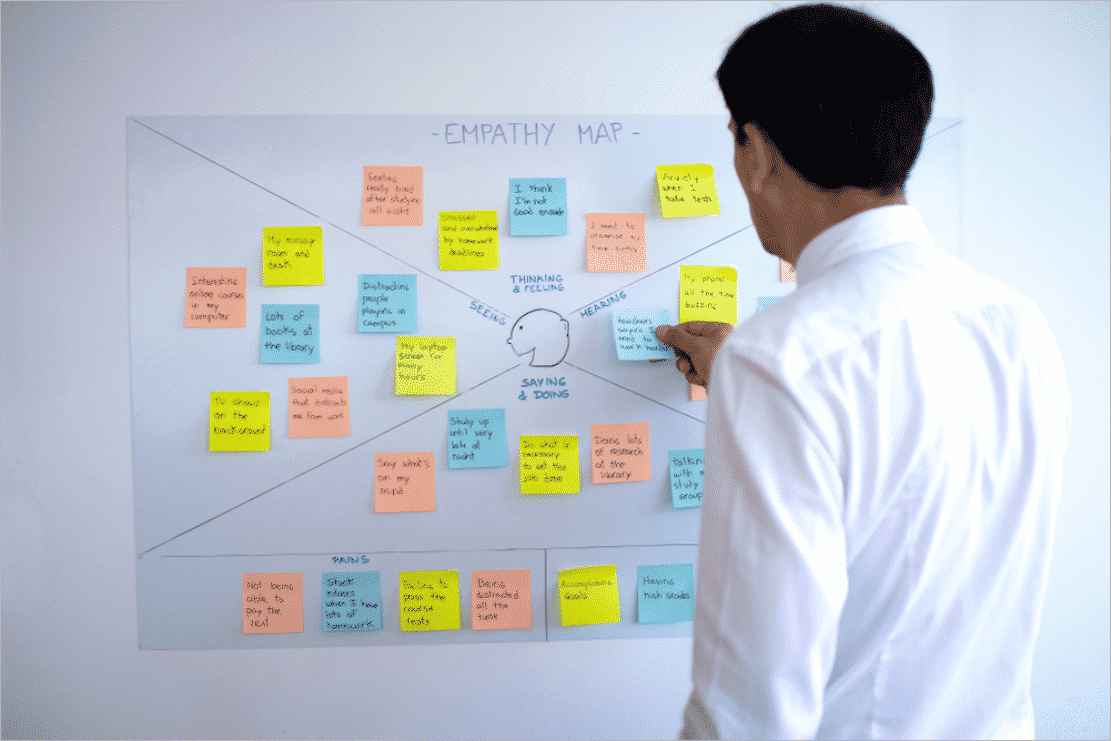Providing user-friendly products and services is the main aspect of all business organizations. Design Thinking helps innovators and manufacturers design and create products and services that meet customer requirements. It is a customer focused thinking which is applied to an organization at different stages. The design thinking approach when applied correctly leads to the creation of better products and services for the users of the organization. This approach is integrated in the organization using a number of thinking design tools which find their uses in different stages of design thinking.
What is design thinking?
Design thinking is the process of formulating innovative and creative solutions to the problems faced by organizations trying to create products and services for their customers. The Design Thinking process enables organizations to properly understand user requirements, design and test products quickly, while quickly formulating effective solutions to problems. It is a flexible process that allows design thinking teams to move back and forth between the various stages of design thinking.
Stages of design thinking
As discussed above, design thinking is a non-linear process that takes place in different stages. There are five steps in design thinking:
- be identified
- Set
- initiated
- Prototype
- a test
Each stage of design thinking has its own set of design thinking tools available in the market that are used to solve problems and find effective solutions.
be identified

The first stage of design thinking is essential as any product development process requires research. This phase focuses on identifying with users and understanding their needs as well as expectations of the products or services that the organization intends to release.
Design thinking tools like Zoom and Typeform can be used to interact with users directly or indirectly through chats, surveys, etc.
The main purpose of this step is to try and gather as much information as possible to understand the user requirements. Because design thinking is person-centered, the ability to identify with customers eliminates preconceptions and assumptions about their real needs.
Set
At this stage of design thinking, the data collected from the empathy phase are analyzed to define the central problem area. These are also called problem statements. Design thinking enables organizations to evaluate their existing strategies and tailor their processes to suit their customers’ requirements. The problem statements should reflect all the challenges affecting customers. Thus, creating personas for different users and their specific requirements and expectations will be helpful in categorizing and finding patterns. This will help summarize the issues in the problem statement.
Some examples of design thinking tools used to define the problem used by organizational teams are Hubspot’s MakeMyPersona, Userforge, Smaply, etc.
initiated
Once the problem is understood and clearly defined in the problem statement, design thinking teams can move on to ideas. The process should focus entirely on solving the problem that users are facing. Creating innovative and innovative ideas is the main goal here. Brainstorming with teams and finding ways to design the product or service that effectively solves the problem is done at this point. You can use idea tools like Stormboard and Ideaflip to think outside the box. The concept phase allows design thinking teams to generate as many ideas as possible to solve the problem. From these, you can attach the best idea that will solve the problem and move on to the next step.
Prototype
The ideas that best solve the problem can be designed and developed at this stage of design thinking. Prototypes will allow teams to evaluate their problem-solving effectiveness. Design thinking tools like Boords, POP, Mockingbird etc. can help create prototypes to get a picture of the real product. This is an experimental step, so the prototype does not have to be quality or working. Teams can decide whether to continue with the prototype or reject them based on their success rates.
a test
The design thinking phase allows teams to scrutinize the prototypes until the final product design can be developed. Because design thinking is a non-linear process, teams can go back and forth, adapting and changing the process to find an effective solution to problems whenever they want. Testing can be done using design thinking tools like Hotjar and Pingpong.
Although testing may seem like the final stage of design thinking, it is not the final stage as new insights found at this stage can be used again to shape the final product.
In addition to the design thinking tools mentioned above, there are a number of standalone online applications and tools on the market that allow business organizations to carry out the entire design thinking process like Sprintbase and InVision.
Summary
Every organization or business enterprise based on users needs proper design thinking. Through Design Thinking Tools, organizations can create customized products and services for their customers. Design thinking Is one of the best approaches to creating products and services that will effectively meet the demands of end users. Thus, helping organizations achieve their goals and objectives.
